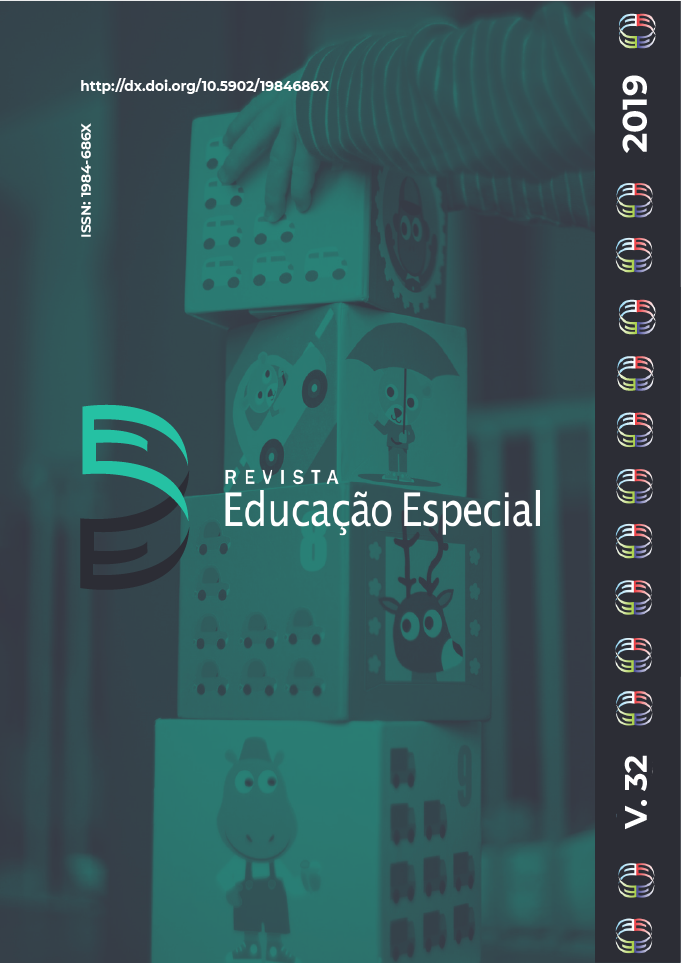The interface dance and autism: what the scientific production reveals to us
DOI:
https://doi.org/10.5902/1984686X33121Keywords:
Dance, Autism, Bibliometry.Abstract
The objective of this study was to perform a bibliometric analysis of the national scientific production of theses, dissertations and articles on the interface – Dance and Autism – focusing on the following bibliometric parameters: areas of knowledge; geographical and institutional distribution; temporal distribution; goals; typology of the studies. In addition, a critical analysis was carried out to construct indicators of the production in question. The methodological procedure was based on the bibliometrics approach using Mendeley software to organize the data collected in virtual environments. In summary, the results presented four studies at the national level, with recent publications, between 2013 and 2015, and distributed in the central-west, southeast and northeast regions of the country. In general, the studies found aimed to analyze dance as a form of communication development, social and affective interaction and motor rehabilitation. They were based on the qualitative approach and, although in small number, they suggest the effectiveness of the dance as intervention and stimulation in the global development of children with autism.
Downloads
Published
How to Cite
Issue
Section
License
Declaration of originality
We declare that all articles present in the journal Revista Educação Especial (UFSM) are originals and were not submitted for publishing on any other publication, as a whole or a fraction. We also declare that, after being published by Revista Educação Especial (UFSM), a paper will not be submitted to another journal within two years. After this time, our journal transfers the publishing rights to the authors, with a permit granted by the Editorial Council.
We also acknowledge that the originals’ submission to Revista Educação Especial (UFSM) implies on a transference of copyright for physical and digital publishing to the journal. In case of noncompliance, the violator will receive sanctions and penalties predicted by the Brazilian Copyright Protection Law (n. 9610, dated 19/02/98).







